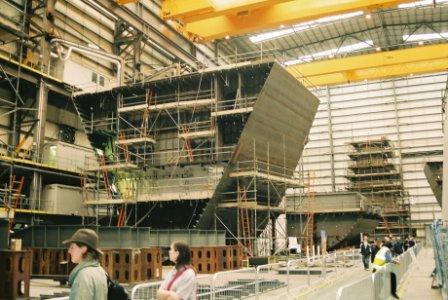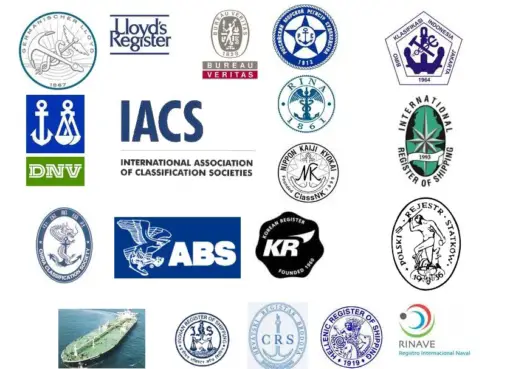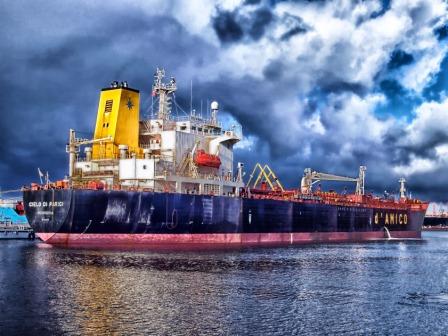Steel is one of the most common ingredients in the world, represents an industry that produces 1.6 billion tons annually, and it is the material to be used during the construction of many architectural structures during shipbuilding. depending on the characteristics and properties of a particular construction, the choice of selected steel may vary.
Most of the properties are different between steel types, strength, flexibility, hardness, aesthetics and cost. Depending on your scope of work, selecting the appropriate steel for the work can get the benefit of the project quality and cost.
Carbon Is Added To Iron, It Forms Iron Carbide.This Lies Side By Side With Iron Molecules In Lamination Having A Pearl-Like Appearance And Is Known As Pearlite
Mild Steel –Carbon Content <=0.3%
Medium Steel –Carbon Content <=0.3-0.5 %
High Carbon Steel –Carbon Content <=0.5-0.7%
Mild Steel: Use As A Structural Material (Plates, Beams, Bars, Billets Etc )
Medium Carbon Steel Used In Gearing And Shafting
High Carbon Steel: Used In Metal Chisels, Knives, Drills, Files, Saw Blades Etc.
Pearlite: Used In Insulation For Fire Resistant A-Class Divisions And For Refrigerated Tank Of Gas Carriers.
Advantage Of High Tensile Steel
This Have A Greater Tensile Strength For Equivalent Thickness.
This Strength Is Retained Even At Low Temperature
Due to The Above Properties, The Scantlings Of The Plates Used In Ship Building Have Been Reduced And Thus The Light Ship Displacement Of The Vessel Has Also Been Reduced.
Due To Reduced Light Ship Weight, The Vessel Can Carry More Cargo.
Disadvantage Of High Tensile Steel
The Use Of High Tensile Steel Has Come Into Scrutiny Because Corrosion Takes Place With The Same Rate As It Would Take Place In Normal Steel.After A Period Of Time The Corrosion Being Equal, The Reduction In Thickness A For High Tensile Steel Plate As Percentage Of Original Thickness Is Greater, Leaving The High Tensile Steel Weaker Than Ordinary Plate.
Types Of Tests
Tensile Test: It Is Carried Out In A Tensile Test Machine Which Applies Load Hydraulically To Draw Apart The Ends Of The Test Piece. The Purpose Of The Test Test Is To Determine The Elongation, Limit Of Proportionality, Yield Point And Ultimate, Breaking Stress Of Steel Has Normal Tensile Stress Of Breaking Stress Of Steel.Shipbuilding Steel Has Normal Tensile Stress Of Between 400-490 N/Mm².All Grades From (A) To (E) Must Have Minimum Elongation Of 22%
Bend Test: It Is Carried Out To Determine The Ductility Of Metal. A Test Bar-Or Plate Is Bent Cold Over A Former Through 180°, Till The Ends Are Parallel.The Results Have To Be As Per The Test Specifications.The Test Is Pass.
Hardness Test: It Is Carried Out To Determine The Ability Of The Metal To Withstand Wear And Tear.The Hardness Test Is Carried Out In A Machine Which Applies A Load To Dent The Surface Of The Metal.In Brinell Test, A 10 Mm Diameter Hardness Steel Ball Is P[Pressed Under Load Into The Surface Of The Metal. The Load Used Are 30,000 N For Steel.The Load Is Applied For 15 Sec. The Area Of Indentation Is Measured Under Microscope And Using A Formula Brinell Number Is Obtained.
Impact Test: It Test The Ability Of The Metal To Withstand Fracture Under Shock Loads.It Gives, To Some Extent, The Brittleness And Crack Propagation Properties Of The Metal. A Charpy V -Notch Machine Is Used To Carry Out This Test.In This Machine, A Heavy Striker At The End Of A Pendulum Provides A Below Which Breaks The Specimen Placed At The Bottom Of The Pendulum’s Swing.The Test Is Carried Out At 0° For Metals Used At Ambient Temperatures Which Have To Be Able To Absorb At Least 20 Joules. For Cryogenic Metals The Test Is Carried Out At Temperatures Ranging From -20° To -196°C Depending On The Temperature For Which The Metal Has To Be Used.The Energy Absorbed By The Specimen Is Determined By The Potential Energy Of The Pendulum In Its Initial Position Before Release And Position Obtained After Breaking The Specimen.
Fatigue Test: It Determines The Ability Of The Material To Withstand And Repeated Applied Stress.The Material Is Subject To Alternating Stress And The Number That Will Produce Fracture At A Given Value Of Applied Stress Is Noted.The Value Of Applied Stress Is Noted.The Value Of Applied Stress Can Be Increased Or Decreased Which Will Cause The Material To Fracture At A Lower Or Higher Number Of Cycle.
Effect Of Heat On The Structure Of Steel
When Steel Is Heated It Expands, As Is Normal. However, If Heating Is Continued, It Is Found That, At Certain Temperatures, The Expansion Gets Arrested And Instead Of Expanding, The Steel Actually Starts Contracting. These Temperatures Are Known As Critical Points Of The Metal And Are Around 600o To 700o And 720o To 900o C Depending On The Composition Of Steel. The Phenomena Takes Place For A Short While During Which Structural Changes Takes Place In The Metal After Which Normal Expansion Resumes With Rising In Temperature.




